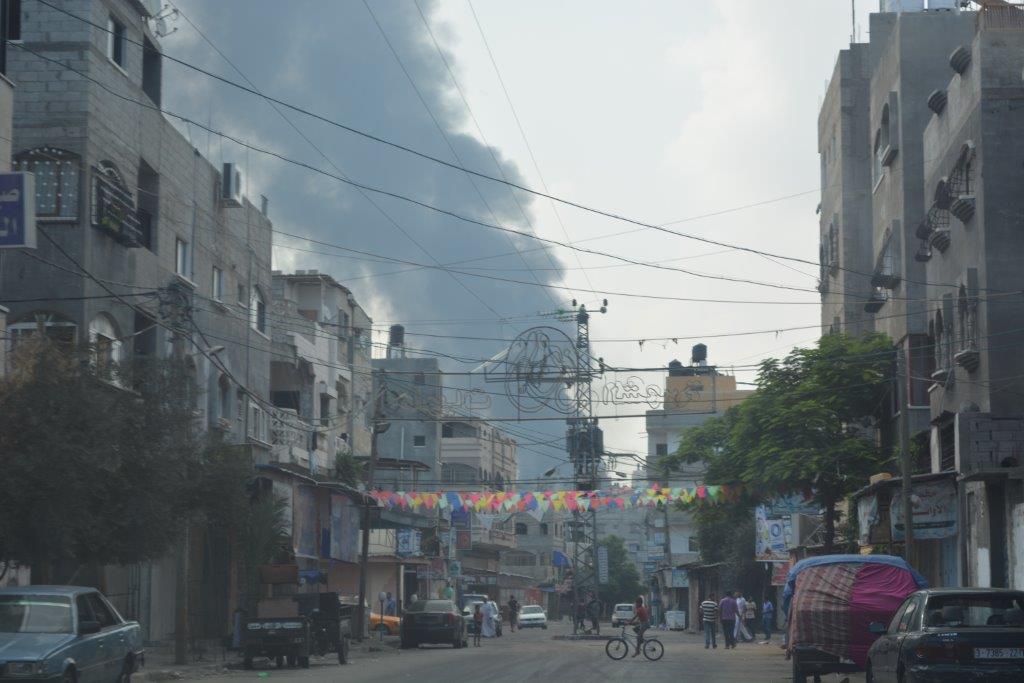Category: Gaza
-
As Israel targets the wounded, international volunteers to stay at al-Shifa hospital
25th July 2014 | International Solidarity Movement | Gaza, Occupied Palestine International volunteers from countries including Spain, Sweden, the United states, the United Kingdom, France, New Zealand, Australia, and Venezuela have begun a constant protective presence in various locations at the al-Shifa Hospital. At 2:30 PM this afternoon, a press conference will be held at al-Shifa regarding…
-
Israeli military falsifies photograph to justify bombing el-Wafa hospital
23rd July 2014 | International Solidarity Movement | Gaza, Occupied Palestine On the 21st July at 2:17 PM, the IDF spokesperson released an image on twitter showing an aerial picture of a building marked as ‘Al-Wafa’ hospital. In the image there is a red circle, which they designated as the location from which a M75 rocket was…
-
Where will they go?
22nd July 2014 | Charlie Andreasson | Gaza, Occupied Palestine The attack has been going on for over two weeks. I was awakened early this morning by explosions that were so close that they shook the house. Then came a phone call, telling me that there was an apartment building nearby, where a woman from New…



